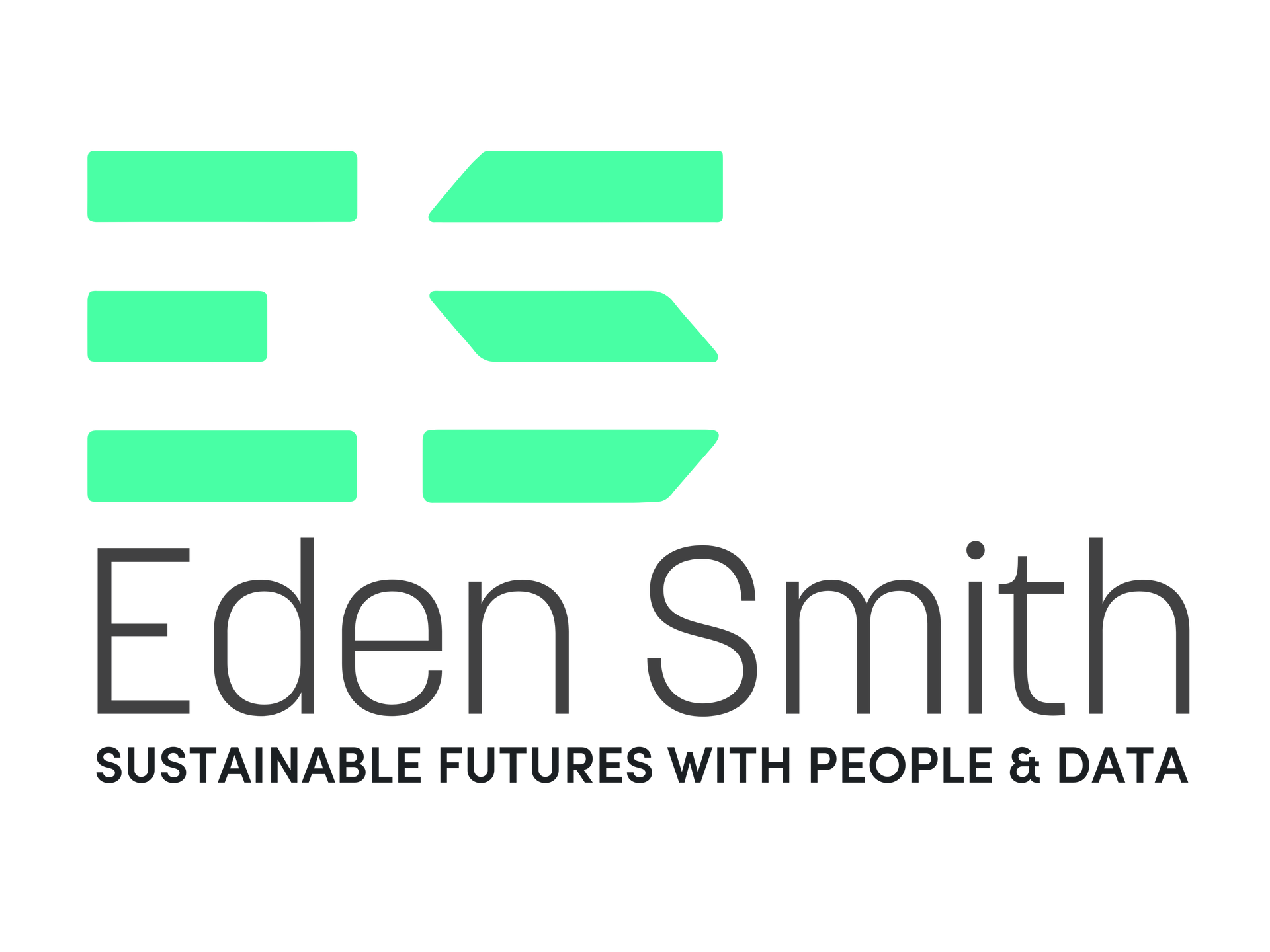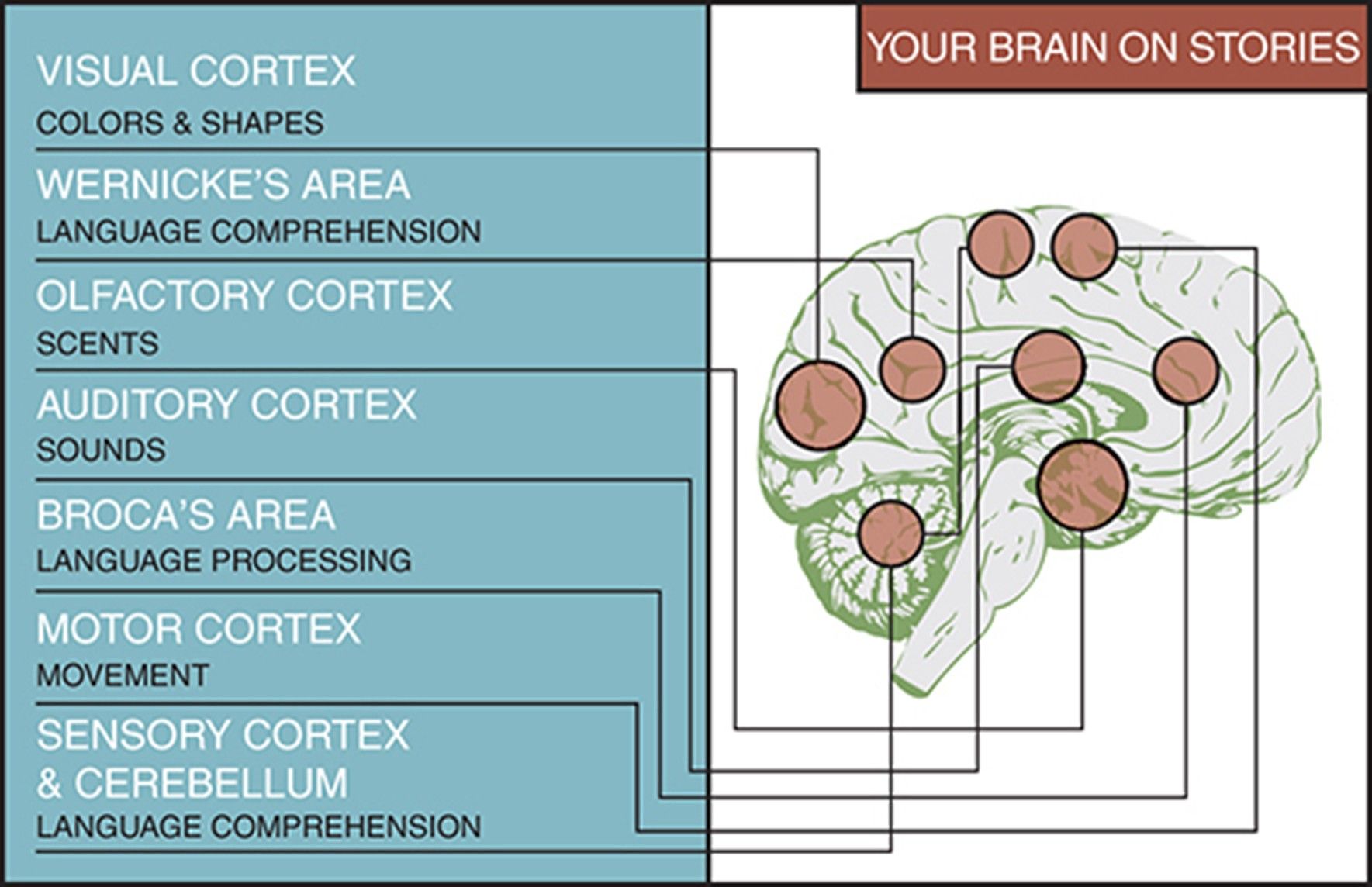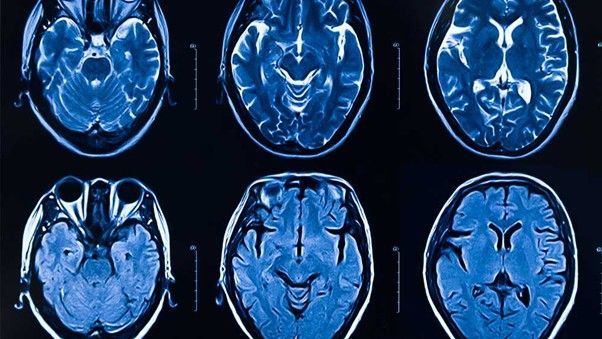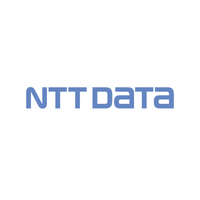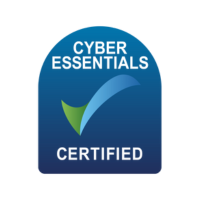The Power of Storytelling in Business
Date: August 18, 2025 Event: Data Storytelling – influence with meaning
Live Webinar with Rosanne Werner, CEO of XcelerateIQ Hosted by: Marie May – Head of the Nurture Programme & NextGen Talent
Why Data Alone Isn’t Enough
Most of us have been there: you spend hours perfecting a report, walk into a meeting, present the numbers, see heads nodding… only for your insights to disappear when they move onto the next agenda item. No follow-up. No action. No change.
As Rosanne Werner, CEO of XcelerateIQ and former leader of Coca-Cola’s global Data & AI Mindset and Culture programme, explained in our recent webinar, the problem isn’t the data. The problem is the lack of a story.
Data doesn’t automatically change minds, shift budgets, or inspire action. People do. And human brains have evolved to remember and act on stories far more than on raw facts.
The Science of Storytelling in Data
Rosanne unpacked the neuroscience behind why storytelling is the most powerful way to present insights:
· Memory retention: 63% of people remember a story compared to just 5% who recall statistics.
· Whole-brain engagement: Stories activate every part of the brain - logic, emotion, and even motor functions - making information stick.
· Neural Coupling: Our brains mirror the storyteller’s, creating shared experiences.
· Oxytocin release: The feel-good brain chemical that builds connection and trust, making audiences trust the storyteller and more open to their ideas.
The key message? Data informs. Emotion moves.
"I found it really helpful to have a reminder that data alone is not enough and that we need emotions and a story too. As a data scientists, I tend to get bogged down in the details sometimes and forget that others don’t love stats as much as I do!"
Busting the Myths: Why Data Doesn’t Speak for Itself
Two common misconceptions were explored:
- “Facts are enough.”
If knowledge alone drove behaviour, we’d all sleep eight hours, walk 10,000 steps, and drink eight glasses of water daily. In reality, emotions are the primary driver behind most of our decisions, not logic. The decisions are often already decided in the subconscious, before our rational mind even catches up. - “Data speaks for itself.”
Seventy neuroimaging expert teams analysing the same raw functional MRI data reached different conclusions. No two teams chose the same approach to the data. Our brains are wired to anticipate, to fill in the gaps with our own knowledge, experience and biases. Storytelling is what connects the what to the why.
The Art of Data Storytelling
Start with Asking the Right Questions
Knowing how stories work isn't enough, you need to make them yours. Many professionals dive straight into analysis, only to watch their insights get ignored.
Rosanne shared that effective data storytelling requires strategic preparation:
- Understanding your Audience – their decision making power, attitudes towards data and technical proficiency.
- Key Business Problem to Solve – what keeps them up at night?
- Outcomes to Achieve – What’s the desired result or strategic goal they want to achieve?
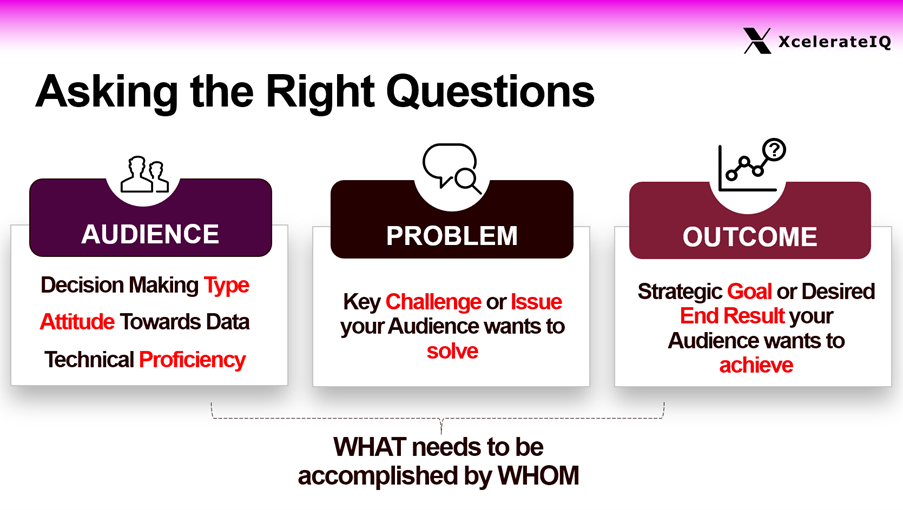
The Art of Data Storytelling
Start with Asking the Right Questions
Knowing how stories work isn't enough, you need to make them yours. Many professionals dive straight into analysis, only to watch their insights get ignored.
Rosanne shared that effective data storytelling requires strategic preparation:
- Understanding your Audience – their decision making power, attitudes towards data and technical proficiency.
- Key Business Problem to Solve – what keeps them up at night?
- Outcomes to Achieve – What’s the desired result or strategic goal they want to achieve?
By understanding both the audience and the context, we can filter through mountains of data to find the insights that matter, and highlight their importance and consequences.
Avoiding Cognitive Overload
When presenting data, less is more. Rosanne highlighted three frequent pitfalls that overload audiences:
- Graphical clutter – too many colours, symbols, or lines.
- Excessive scales & labels – drowning viewers in unnecessary detail.
- Poor visual design – forcing audiences to “decode” charts rather than see the message instantly.
The solution? Simplify. Emphasise key takeaways. Use visuals that support, not compete with, your narrative.
Narrative Structure and Emotional Engagement
Rosanne introduced the IMPACT framework which is a six-step formula for turning insights into action:
- Intrigue – Open with a surprising fact, question, or scene.
- Motivate – Show why it matters and what’s at stake.
- Present Evidence – Share one clear insight, not 10.
- Analyse & Answer – Explain the ‘why’ behind the numbers.
- Call to Action – Be clear, urgent, and practical.
- Tie Back – Close the loop with your opening hook.
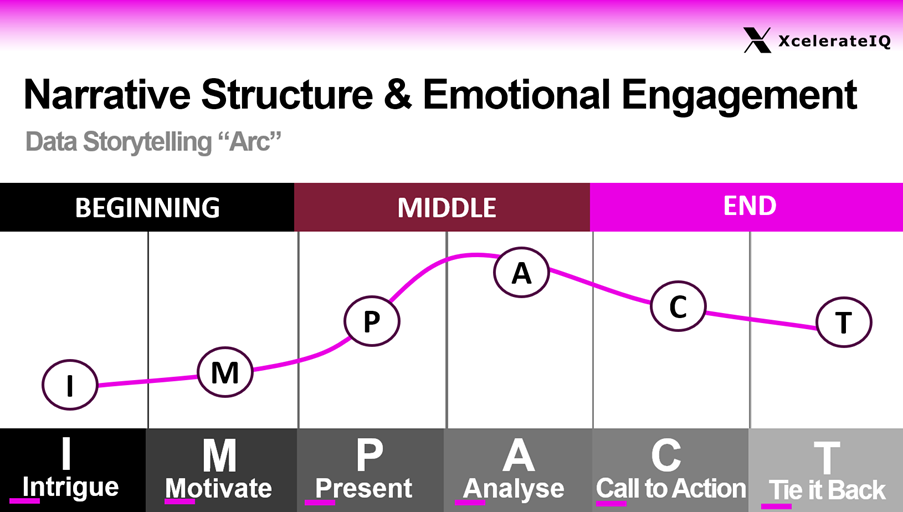
As one attendee noted,
“I’m already thinking about how to use this structure when speaking to clients - it makes your message so much more engaging and memorable.”
This structure follows the traditional narrative arc (think your favourite blockbuster) and makes data impossible to ignore. More importantly, it makes the call to action unforgettable.
In summary
- Data needs context, emotion, and narrative to drive decisions.
- Stories are remembered 22x more than raw facts.
- Tailor your story to the audience’s role, decision power, and level of technical expertise.
- Use the IMPACT framework to move from information to action.
What’s Next?
This webinar was a taster of Rosanne’s upcoming Data Storytelling Course, launching in December 2025. The programme will provide:
- Lifetime access to lessons
- Templates and cheat sheets
- Practical techniques to craft data stories that influence decisions
Join the waiting list today and secure your exclusive Eden Smith community discount: [https://www.xcelerateiq.co.uk/datastorytellingwaitinglist]
“Data builds the evidence, but your story builds the trust, empathy, and action.” Rosanne Werner
Final Thoughts
Storytelling isn’t just for marketers, filmmakers, or leaders - it’s essential for anyone working with data. When you combine evidence + emotion + narrative, you don’t just present information. You create change.

